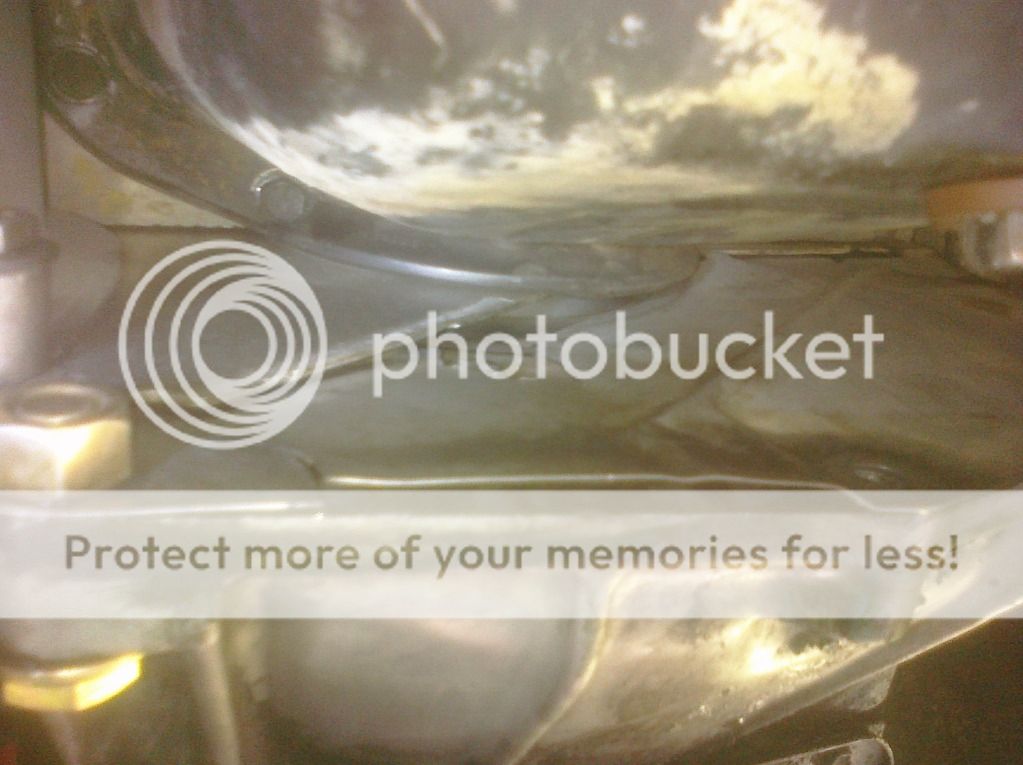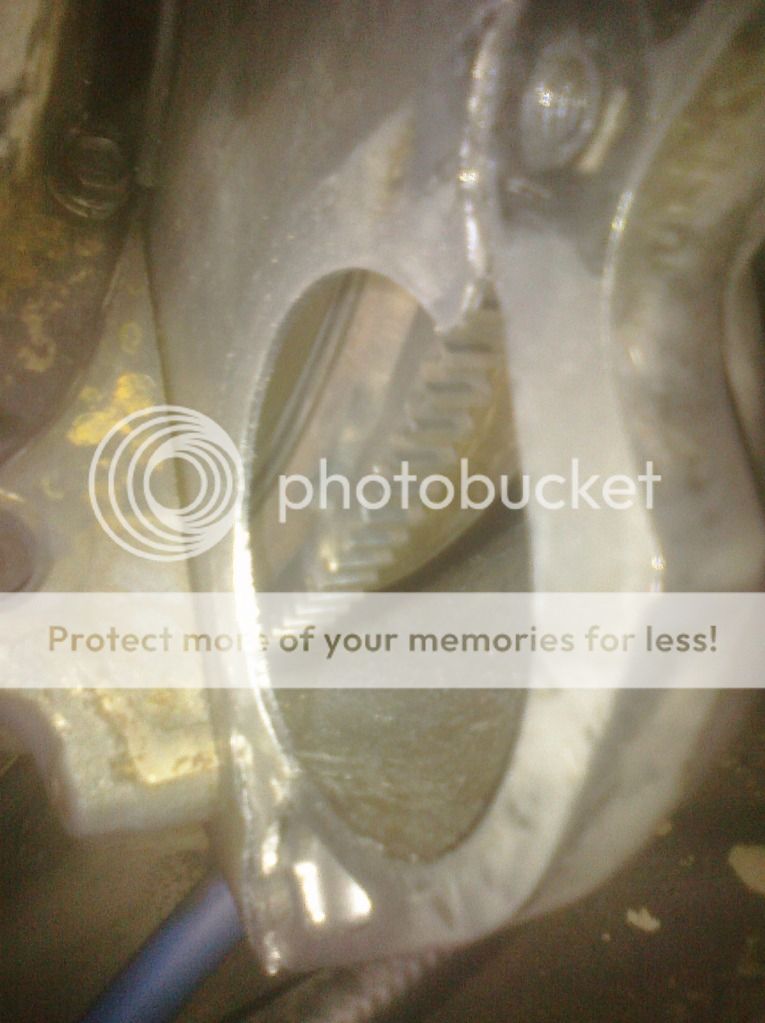OutkastBoss
NAXJA Forum User
- Location
- Saint louis
OK kind of had a bad day yesterday went to leave work and jeep wont start . just a whirring noise..
So when i went under to look the thing wasn't even connected and i have damage from when it was partway connected .
I just recently had a new short block with an odessa head installed by a shop (not cheap). so i am very worried i have caused a serious issue.
About a week ago my starter failed and i replaced it i suppose i did not tighten the bolts enough on the starter .
anyway heres the damage tell me what you think.
This cover plate looks pretty easy to replace but its shattered

Heres what worries me this plate that broke looks to be reinforcement for the starter and looks like it goes up in between the motor and trans bell housing where it would be a big deal to replace

As you can see the one side broke off with the bolt hole intact and the peice fits right back in place to hold the starter in proper position
Here you can see it set back in place

I have it set back in place and the new starter installed and it seems to be working just fine but am i causing undue stress on anything by leaving it that way ?
So when i went under to look the thing wasn't even connected and i have damage from when it was partway connected .
I just recently had a new short block with an odessa head installed by a shop (not cheap). so i am very worried i have caused a serious issue.
About a week ago my starter failed and i replaced it i suppose i did not tighten the bolts enough on the starter .
anyway heres the damage tell me what you think.
This cover plate looks pretty easy to replace but its shattered

Heres what worries me this plate that broke looks to be reinforcement for the starter and looks like it goes up in between the motor and trans bell housing where it would be a big deal to replace

As you can see the one side broke off with the bolt hole intact and the peice fits right back in place to hold the starter in proper position
Here you can see it set back in place

I have it set back in place and the new starter installed and it seems to be working just fine but am i causing undue stress on anything by leaving it that way ?
